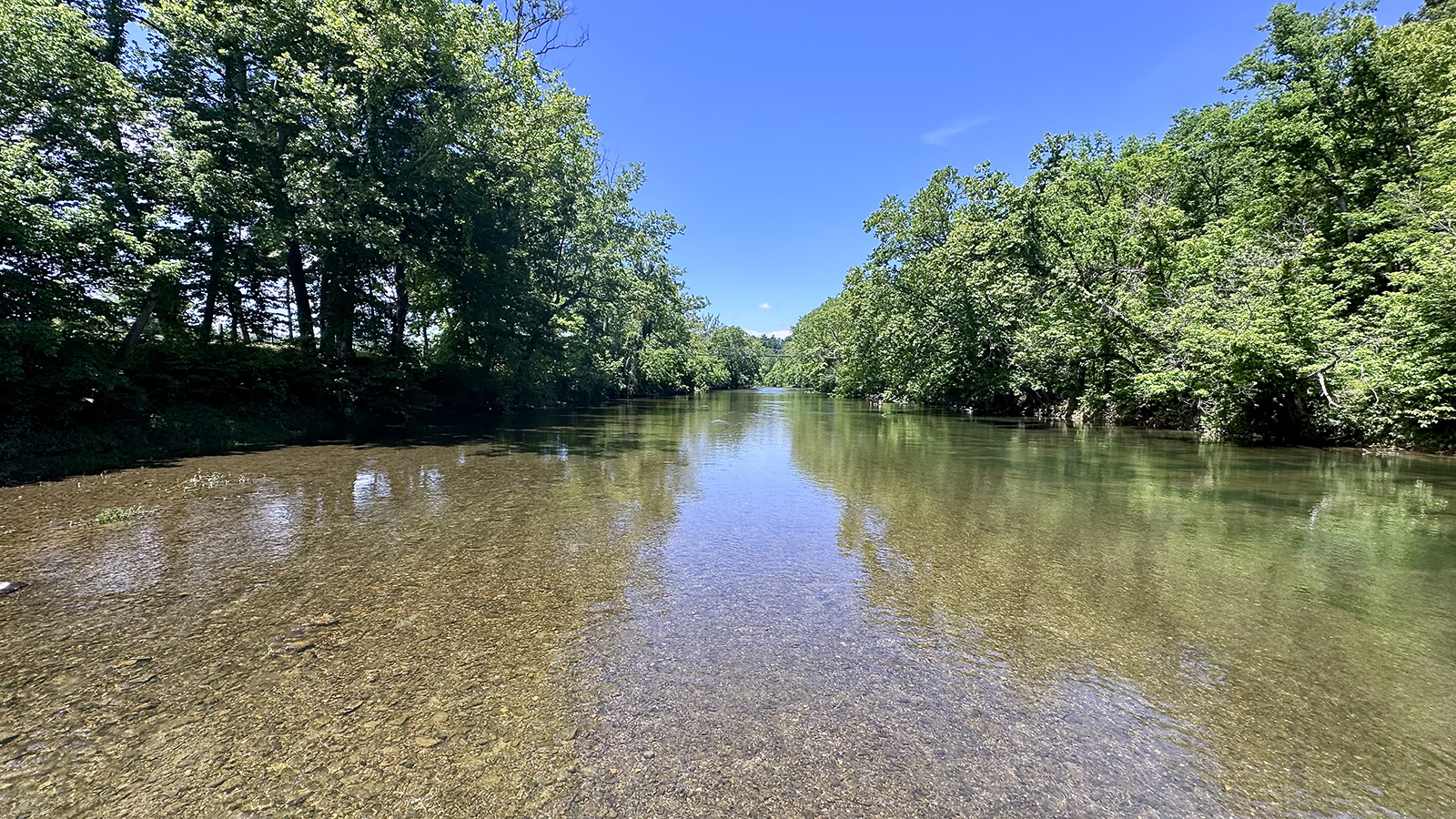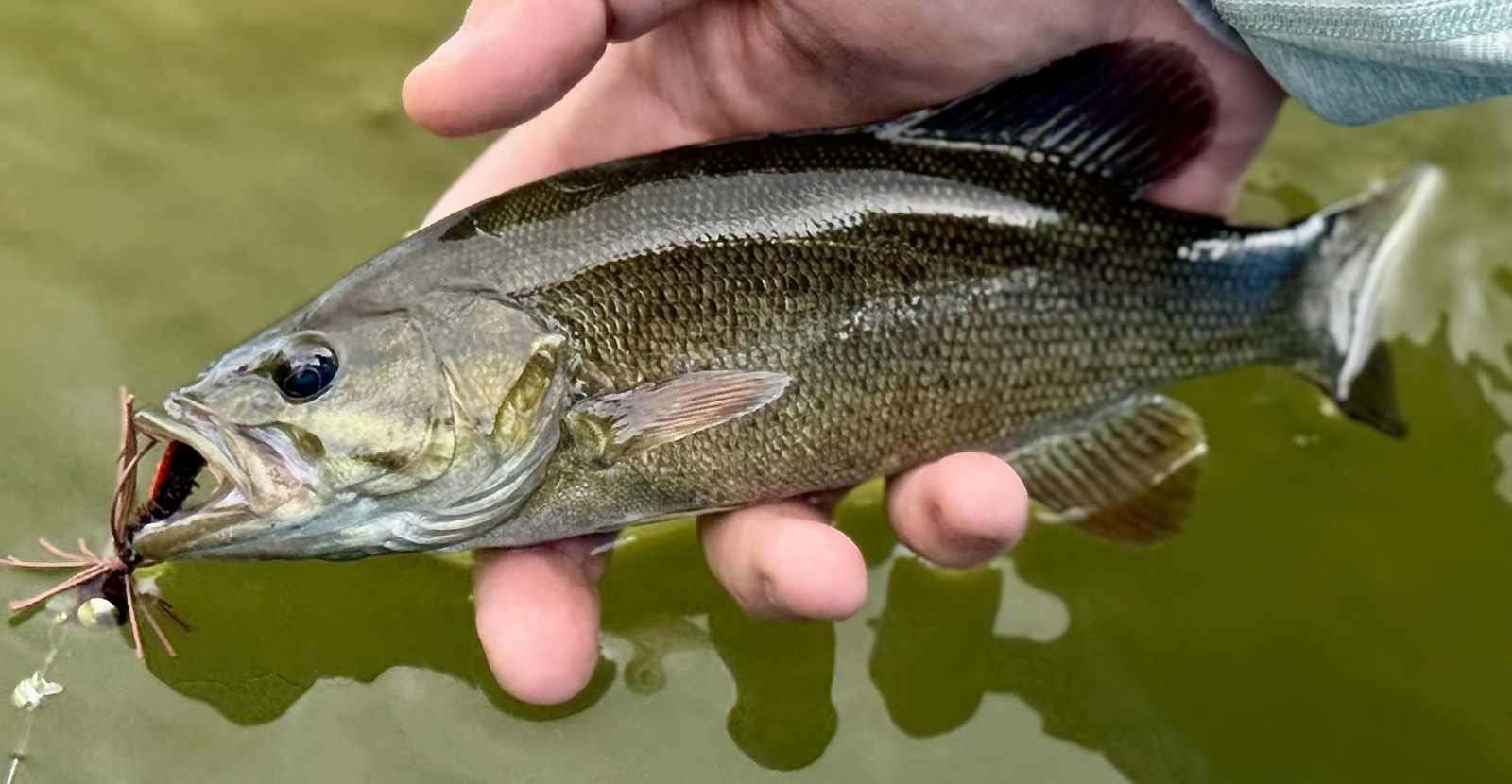This past Sunday I spent seven hours in a boat on West Point with Rob Boswell, his son Brent and Brent’s tournament teammate Dylan Thayer. They provided me with information for my September Map of the Month article.
Brent and Dylan won two high school tournaments at West Point during the past tournament year and both impressed me with their skill casting, knowledge of bass and use of electronics. Both just graduated and know more than I do after more than 60 years of bass fishing!
The thing that impressed me most was the maturity, courtesy and manners of the two young men. They worked hard trying to catch fish and never gave up. They never had a cross word for each other or me, even when I asked stupid questions. I told Rob he had trained them right!
Young men like those two give me hope for the future even on days when the news is full of the opposite kind of youth and adults.
The day was miserably hot, with bright sun, dead calm wind, water temperature 90 degrees and the air even hotter. It reminded me of why I prefer fishing at night this time of year.
One of my first night fishing memories is going to Raysville Bridge and fishing under it. I heard fishing under there was good and even back then I got fired up, just knowing I could catch catfish, bream, crappie and bass. I spent hours getting my rod and reel ready.
We got a bucket of minnows and walked the long causeway out to the bridge and got under it. I was tired from the walk and soon got sleepy – and irritable.
It seemed every cast got hung in the rocks and I had to break off and retie my line with sinker and hook. And we never got a bite.
Another memory is of daddy and how patient he usually was with me. We were camping at Elijah Clark State Park on Clarks Hill and could see the big Highway 378 Bridge a half mile across the water.
We had rented and old wooden jon boat and paddles. I talked daddy into paddling me to the bridge to fish one night. We loaded up the boat with rods, reels, ice chest with drinks, snacks and rope to tie up with and daddy and I, mostly daddy, paddled us to the bridge.
After tying up I got my rod and started to bait my hook, and there was no minnow bucket! I had forgotten to put it in the boat. Daddy patiently untied, paddled us back to the campground, got the minnows and paddled us back to the bridge!
I don’t remember getting a bite that night.
When I started teaching school in 1972 I had summers off so I often spent a week at a time at our camper at Raysville Boat Club. I would fish a lot at night, fishing from 6:00 PM to 9:00 AM and then sleep all day for a week at a time.
A few nights I tied up under Raysville Bridge in my bass boat and fished for whatever would bite. Two nights really stand out in my memory.
One trip I planned on fishing all night so I carried food and drinks with me. I tied up a few feet from a family in a big boat and we all sat there, catching a crappie or hybrid every once in a while.
About the time I started getting hungry the woman in the boat beside me pulled out a big box of fried chicken. The smell wafting across to me made my mouth water.
Although I ate my sardines and saltines, which I usually loved, they were just not that good that night. I kept hoping the family would offer me a piece of chicken. I even considered grabbing one of the bones they threw in the water and gnawing any tiny shred of meant left!
Another night worked out better. There were a dozen boats tied under the bridge but no one was catching anything. It was frustrating, we could see big hybrids holding about five feet down under our lights and sucking in tiny young of the year shad.
Drifting a shiner minnow in front of them did no good, they ignored it, the shad they were eating were no more than a half inch long. I remembered the adage “match the hatch” and got an idea.
I dug around in my tackle and found a black #6 long shank bream hook. I peeled some shiny foil off my pack of cigarettes and wrapped the shank the hook with it. When I dropped it down under a small split shot, the hybrids ate it!
I think they saw the tiny glint of my foil and mistook it for a little shad. Whatever happened, I caught more than a dozen big hybrids and no one else ever caught one. That laughed at me when I told them the “bait” I was using, I guess they thought I was lying, and they never tried it.
It’s a good idea to be flexible when fishing!!


















